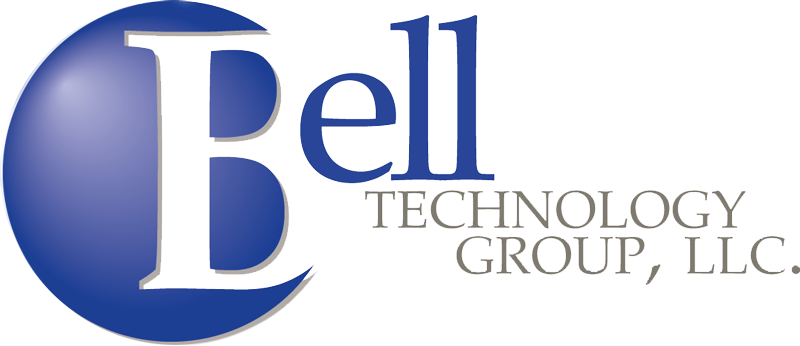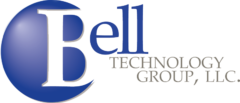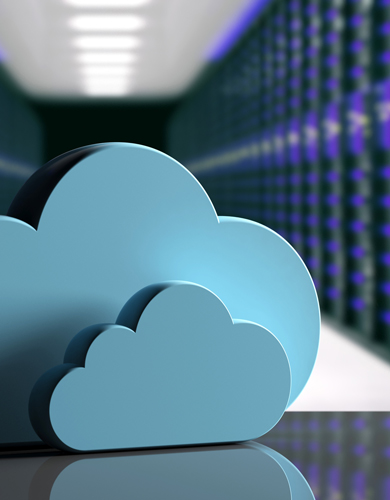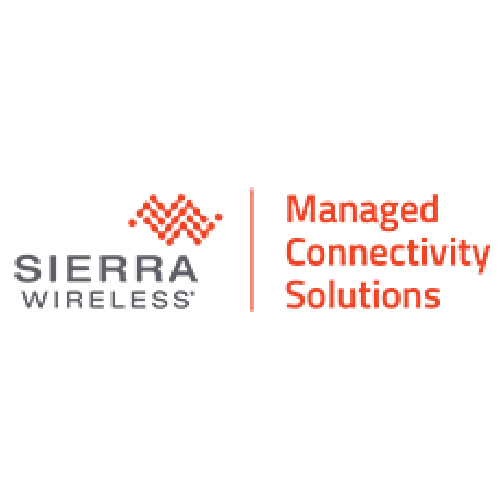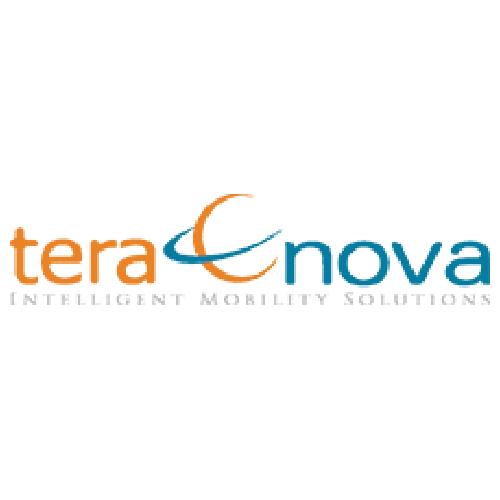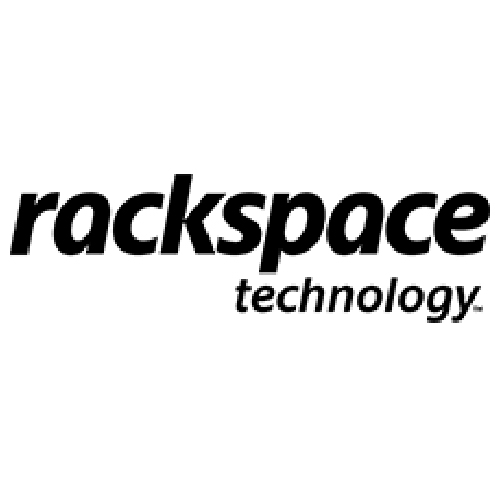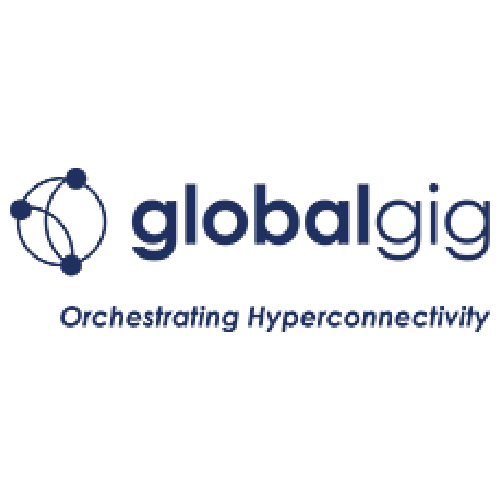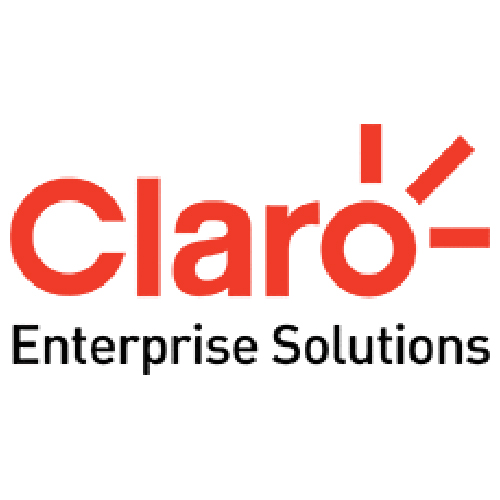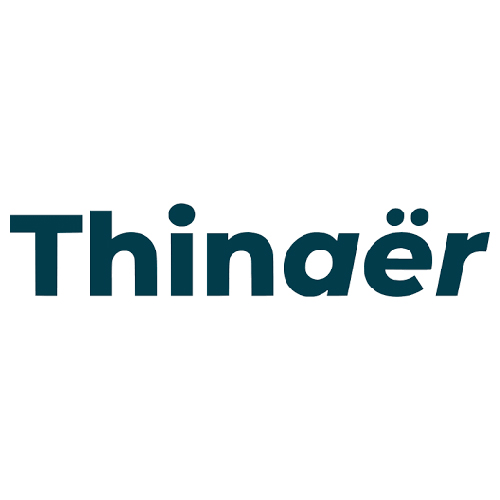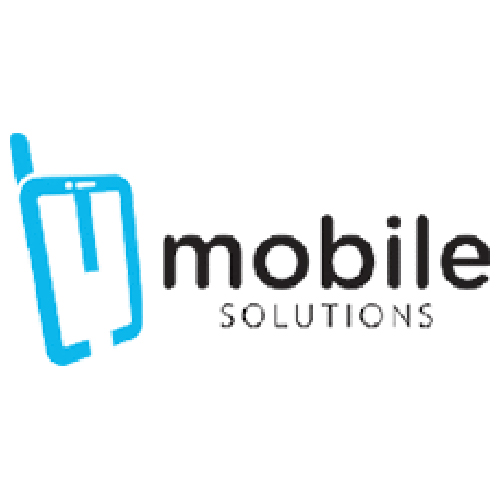Internet of Things (IoT)
The Internet of Things – also referred to as IoT, is a network of interconnected devices capable of collecting and exchanging data. This model boasts interconnected devices designed to sense, collect, and send data to a repository over the internet, and can in turn be accessed by other internet capable devices. The evolution and convergence of IoT technology typically eliminate the need for repetitive tasks via automation without requiring human-to-human or human-to-computer interaction.
In a world dominated by digital technology, IoT plays a prominent role in our lives. It has created an ecosystem that links many systems that invariably interconnect for various tasks. These devices can derive meaningful information using commands based on data analytics, as well as share the data on the cloud and safely analyze as a means to give the required output. IoT has taken over the manual system of running businesses. It now plays the role of managing the internal process and operations, creating a high level of convenience for each task.
IoT Technology opens the door for tracking individuals, places, and items within your organization. Whether it is the temperature of refrigeration, or the movement of vehicles, devices, or people. IoT can monitor and manage different points of interest within your organization. In the case of some industries, such as health care facilities and transportation, IoT is critical in supporting businesses in meeting federal compliances.
Key Benefits
- Promotes efficient resource utilization.
- Minimizes human efforts in many days to day aspects.
- Reduces the cost of production and maximizes the returns.
- Makes analytical decisions quickly and accurately.
- Boosts product marketing in real-time
- Provides a better client experience.
- Guarantees high-quality data and secured processing.
- Furthers compliance and regulatory needs.
- Offers the ability to remotely control and adjust environments.
The following key terms help define IoT by introducing the various tools available through its platform.
Sensors
Devices that help in collecting very minute data from the surrounding environment. All of this collected data can have various degrees of complexity ranging from a simple temperature monitoring sensor to a complex full-video feed. A device can have multiple sensors that can bundle together to do more than merely sense action. For example, a smartphone is a device that has multiple sensors such as GPS, accelerometer, and camera; but the phone is built for more than sensing.
Cloud Orchestrators
The software that performs processing on the acquired data. This can range from something very simple, such as checking that the temperature reading on an AC or heater is within an acceptable range. It can sometimes also be very complex, such as identifying objects (for example, intruders in your house) using computer vision on video. Situationally, user interaction is required. For example, sensors in a home that indicate a fire or intruder alert are flagged.
Transport medium
Communication platforms that sensors utilize to transfer the data captured such as cellular networks, satellite networks, Wi-Fi, Bluetooth, wide-area networks (WAN), low power wide area network, and many more. Every option we choose has some specifications and trade-offs between power consumption, range, and bandwidth. So, choosing the best connectivity option in the IoT system is important.
Notifications
Alarms or alerts generated for users on pertinent data typically through phones, emails, and/or texts. Certain IoT systems will also have a user interface designed for managing the sensors and responding to notifications.
